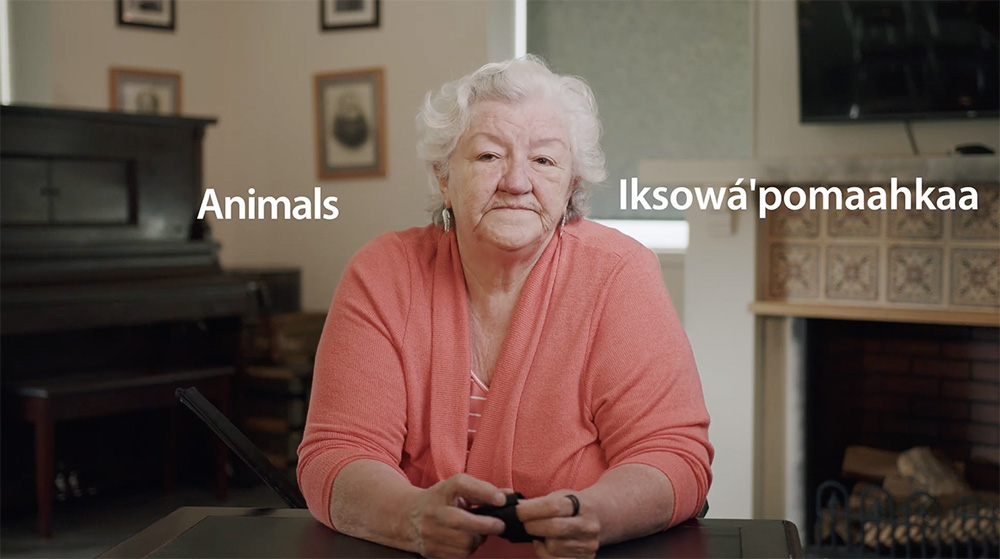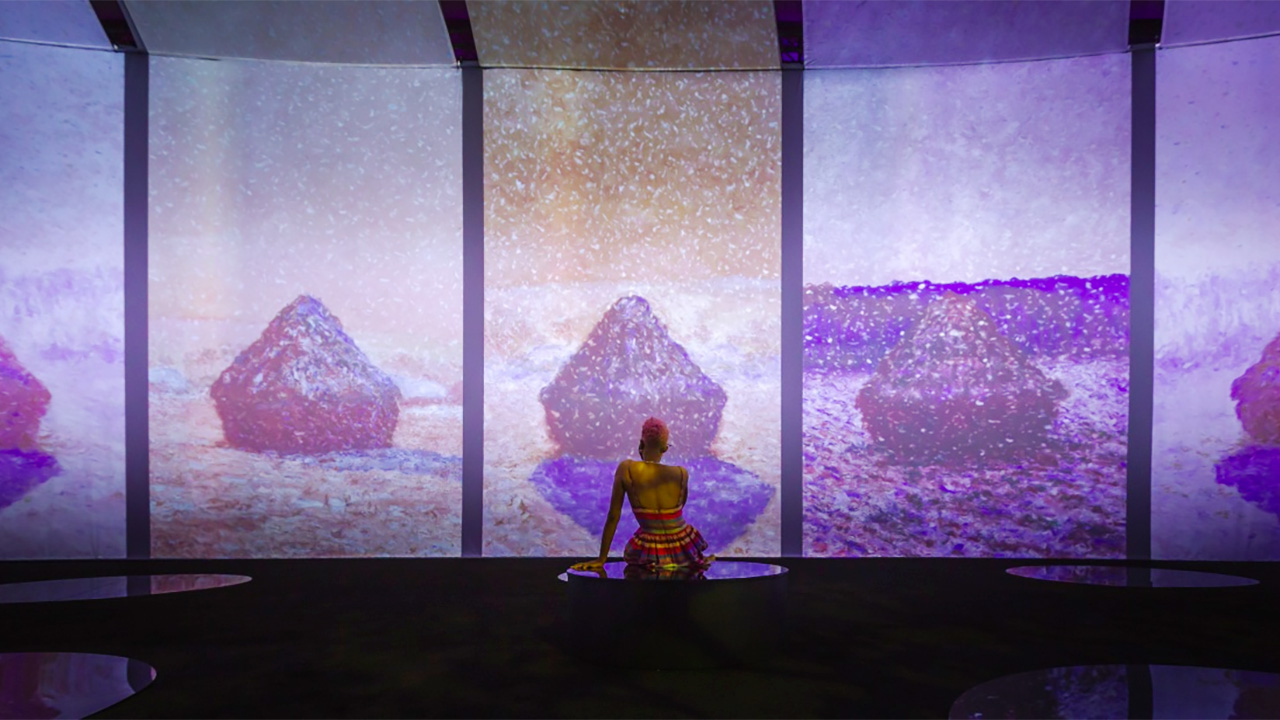The pandemic has changed the way audiences engage with museums, with virtual tours, digital platforms, and online exhibitions serving as alternatives to in-person events, vastly expanding the reach of cultural organizations. Post-COVID, the challenge many institutions now face is whether to increase, decrease, or sustain their digital programming in an emerging hybrid landscape — and how.
To explore this new age of digital engagement, the Art Gallery of Ontario held “Spotlight on Digital Engagement,” a webinar that ran on December 7. A Canada-based panel reviewed and responded to research conducted by Lee Groves Consulting on what audiences expect from museums today. The goal of the research is to help museums as they design new programs to increase engagement and reach new audiences. Here are three key takeaways from the event.
Staying approachable

Through its ongoing collaboration with the Blackfoot community, the Galt Museum & Archives has developed programs centering Blackfoot voices in their own histories. Image: Galt Museum & Archives
According to the consulting firm’s latest research, audiences chiefly wish for museums to become more approachable by providing easier points of entry and engagement, broadening accessibility to people with disabilities, and promoting equity and diversity in their programming.
Before the pandemic, visitors felt distanced from museums, associating them with “high art” and a particular class of cultural audience, noted Ann Lee Groves, Founder of Lee Groves Consulting. Lockdowns have allowed museums to establish a more welcoming environment by offering content on various platforms rather than relying on the traditional gallery setting.
Post-lockdown, multi-sensory exhibits, informal spaces, and interactive exploration present some new ways museums could change up their content delivery and in turn, the perceptions of museum audiences. “I try to focus on edu-taining,” noted Katharine Uhrich, Senior Social Media Manager of the Field Museum, “that is, entertaining people first, then trying to educate them once I have their attention.”
Likewise, Graham Ruttan, Marketing and Communication Officer of the Galt Museum & Archives, pointed to how the organization evolved its engagement strategy by collaborating with the Blackfoot community to illuminate its Indigenous history. Through the collaboration, the museum developed programs inviting visitors to learn the history of the Nitsitapi community and the basics of the Blackfoot language. “We are intent on allowing community members to be the experts of their own history,” said Ruttan.
Growing digital expertise

Post-lockdowns, digital considerations have expanded to better tackle museums’ digital infrastructure and address online-onsite visitor experiences, necessitating more and greater tech expertise. Image: Lee Groves Consulting
The increase of online content, noted Groves, has naturally seen similarly expanding digital workloads. “The demand of online audiences has caused the limited staff available for digital upkeep to become burnt out,” she said. It’s a sentiment that Seema Rao, Deputy Director and Chief Experience Officer at the Akron Art Museum, shared: “There is a real sense of decision fatigue regarding the digital museum space.”
Fortunately, digital roles are evolving to become more institution-wide due to the apparent benefit of hiring digital experts, Groves added. The future success of digital initiatives will surely depend on the staff that conceive and produce digital projects, as institutions now also live within the broader virtual realm.
Within the coming months, she foresees digital teams will likely expand within museums, with new roles being made to outfit institutions with the digital presence audiences now expect.
To hybrid or not

“Pillow Talk: John and Yoko’s BED-IN FOR PEACE,” a virtual talk that was part of the Contemporary Calgary’s expansive online programming throughout 2020. Image: Contemporary Calgary
The question of whether to integrate museums’ physical and newly digital offerings was a point of debate for the panel. Ryan Doherty, Chief Curator of Contemporary Calgary, said, “There seems to be little excuse for a live event to not be livestreamed anymore,” while Rao, felt that with the over-saturation of digital content, it was time to produce events that were in-person only.
Either way, Mark McKay, Digital Director of the Art Gallery of Ontario, stressed planning with a “digital first mindset” rather than retrofitting things later to make them digital. “Planning and laying out your infrastructure and being iterative goes hand in hand,” he explained.
Ultimately, though, audiences should guide these decisions. Cultural institutions need to better understand their visitors to create and design content that appeals to and resonates with them, whether online or in person.



